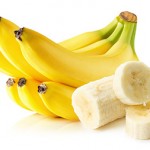 Bananas are one of the most widely eaten fruits in the planet. They are dense in potassium and pectin, a form of fiber, and are also an excellent way to get vitamins C and B6 as well as magnesium. Bananas are packed with antioxidants, which give protection against free radicals. They have several benefits for weight loss, heart health and digestion, and contain many essential nutrients. Besides being extremely nutritious, they are also a convenient snack to bring around.
Bananas are one of the most widely eaten fruits in the planet. They are dense in potassium and pectin, a form of fiber, and are also an excellent way to get vitamins C and B6 as well as magnesium. Bananas are packed with antioxidants, which give protection against free radicals. They have several benefits for weight loss, heart health and digestion, and contain many essential nutrients. Besides being extremely nutritious, they are also a convenient snack to bring around.
1. Boost your mood
The next time you feel low, try eating a couple of bananas to boost your mood. The banana contains tryptophan, which the body uses to make niacin and serotonin. Serotonin is responsible for produce healthy sleep and a happy, stable mood. Not only this, but bananas also contain Vitamin B-6 and fiber.
2. For High Blood Pressure
Suffering from High blood pressure? Eating bananas will help you controlling it as they are a rich source of potassium. They are low in sodium but high in potassium, making them a great food for your blood pressure and heart health! Harvard Medical School has good advice on it.
3. Constipation. Promotes Regularity
Treat irregular bowel irritation and constipation problem by adding bananas to your everyday diet. They are the excellent source of fiber and minerals and help in improving the digestion.
Just one banana a day can help in keeping you regular. A typical 6-inch banana contains around 2.5 grams of total fiber, half of which are insoluble.
When insoluble fiber passes through the digestive tract, it helps push out waste and ensures that bowel movements are easy to pass.
Keeping your bowels healthy by consuming a minimum of 14 grams fiber per 1,000 calories consumed is recommended by the Colorady State University Extension. So for a standard 1,800-calorie diet, consumption of at least 25 grams of total fiber is recommended.

4. For High Energy
Have you seen athletes, your favorite tennis players gobbling bananas before and during play? It’s because bananas are the best source of energy. They contain 3 types of sugar– Glucose, fructose, and sucrose! The first two gives a burst of energy quickly, whereas, the sucrose absorbs slowly and provide constant energy.
5. Get Help in Restless Leg Syndrome
If RLS giving you or someone you know restless leg syndrome– It’s time to eat bananas. Potassium rich food helps in RLS and bananas are a rich source of it.
6. Bananas for Weight Loss
Bananas are relatively low in calories, containing just under 90, but it is also quite filling and nutritious. Due to their rich fiber content, consumption of more fruits and vegetables has been associated with weight loss as well as a lower body weight.
It is also such an ideal snack due to the convenience at which you can eat them.
A popular myth on the Internet is that bananas improve mood because of their serotonin content. Logically, it makes sense that the dopamine found in bananas was believed to have a positive effect on mood and disposition, but since it does not cross the blood-brain barrier, it simply functions as an antioxidant.
7. Bananas are Good for Heart
Take a high fiber diet that is rich in potassium and low in sodium and it’ll help you in maintaining blood pressure, prevent stroke and heart attack. Bananas contain all that. Also, they are a great source of potassium, and Vitamin B6 and it’s proven that B vitamins help break down homocysteine, an amino acid that at high levels is related to a higher risk of cardiovascular disease.
8. Bananas support cardiovascular health
Potassium, an essential mineral for cardiovascular health and blood pressure control, is abundant in bananas, making it an ideal dietary source. Potassium-rich diets can help decrease blood pressure, and individuals who consume lots of potassium may lower their risk of developing heart disease.
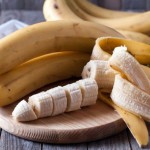
9. Bananas Enhance Immunity and Combat Cancerous Cell Changes
In an experiment that looked into different ripe fruit such as persimmon, pear, pineapple, watermelon, apple, grape and banana and their effects on immunity on the body, results showed that banana increased showed the best results in increasing the number of white blood cells and producing Tumor Necrosis Factor (TNF), which is an anti-cancer substance.
TNF is a cytokine, or a substance secreted by cells of the ummune system which helps in fighting abnormal tumor cells. In another study, fuctose-binding lectin was isolated from Del Monte bananas which inhibited the proliferation of leukemia cells and hepatoma cells. It is possible that the lectin isolated from banana in this particular study can be developed into a useful antitumor agent, among other things.
10. Bananas Contain Nutrients That Control Blood Sugar Levels
Bananas are contain fiber known as pectin. Young bananas have resistant starch, which functions akin to soluble fiber and evades digestion. Resistant starch and pectin may control blood sugar levels after meal consumption, and lessen cravings by delaying gastric emptying. Bananas also figure moderately on the glycemic index. The glycemix index is a measure of how swiftly foods raise blood sugar levels (0-100). Bananas therefore should not trigger spikes in blood sugar levels in normal individuals.
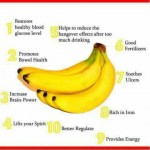
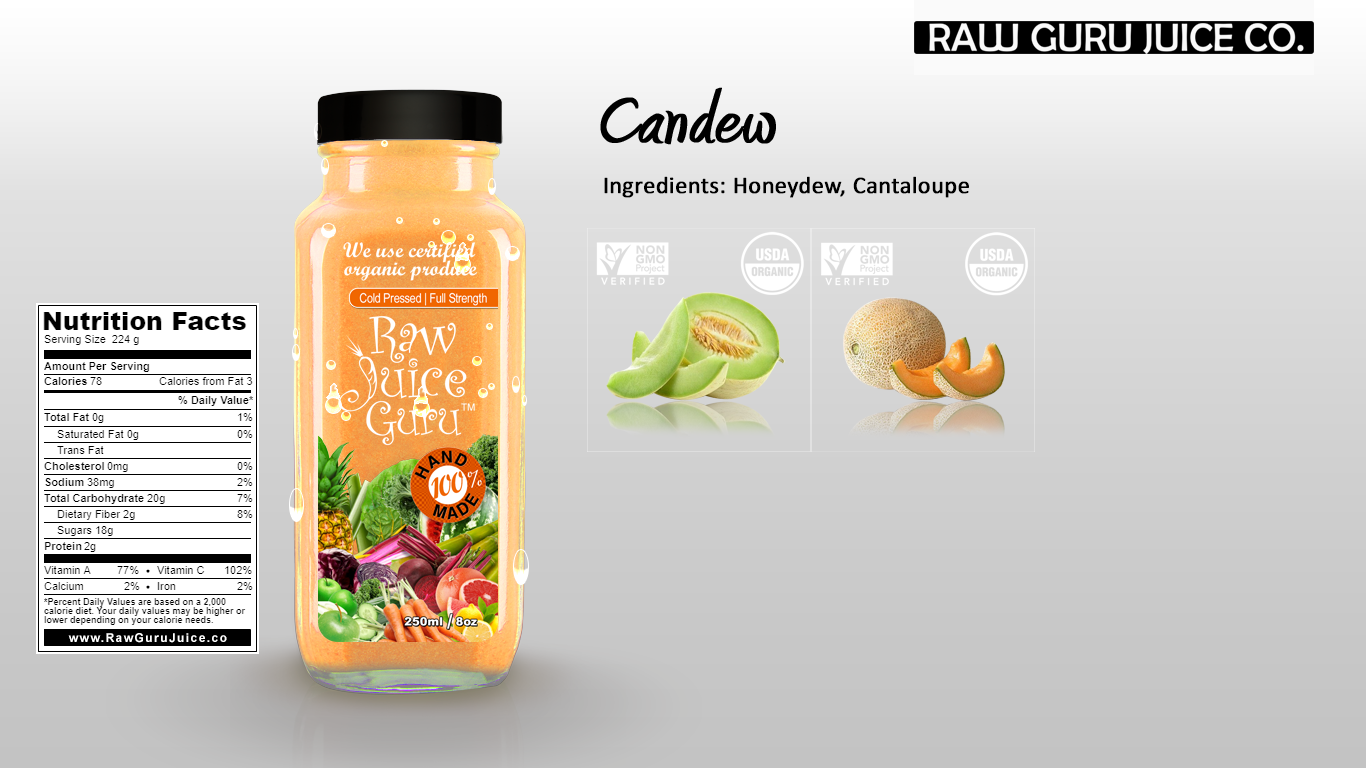
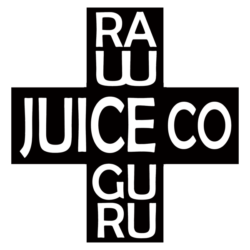
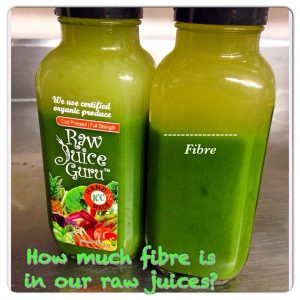 You have all asked is there fibre in our raw juice? Yes. The separation you see in picture that 80 percent is the fiber. And this juice is apple, cucumber, parsley, cilantro, kale, lemon.
You have all asked is there fibre in our raw juice? Yes. The separation you see in picture that 80 percent is the fiber. And this juice is apple, cucumber, parsley, cilantro, kale, lemon.